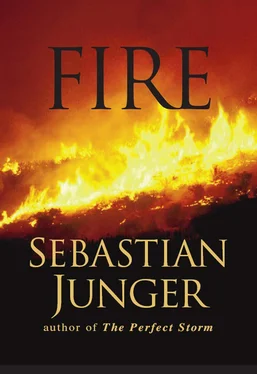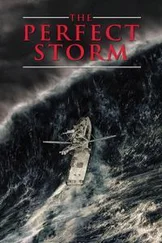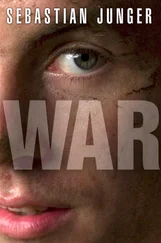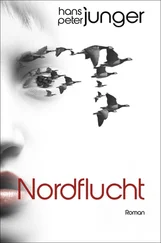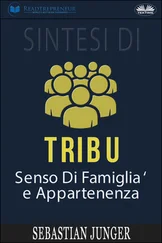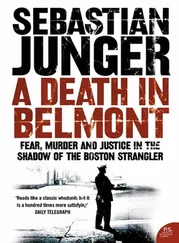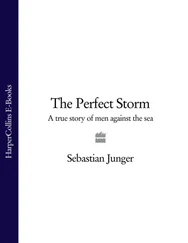Scott Anderson
THE TURKISH REPUBLIC OF NORTHERN CYPRUS
During my last few days in the TRNC, I travel with an interpreter provided by the government’s Office of Public Information. It is an indication of how seriously the government takes its public relations initiative that the information office falls under the aegis of its Ministry of Foreign Affairs and Defense, but any concern that Ayshen, a pleasant, if slightly stiff woman in her mid-thirties, has been assigned to keep tabs on me is soon dispelled; through most of the interviews, her boredom is palpable.
As it turns out, Ayshen is originally from the city of Limassol, in what is now the Republic of Cyprus. Her family was solidly upper-middle-class—her grandfather a large landowner, her father a physician—until they lost almost everything in the “enclave era” of the 1960s. After the 1974 partition they moved north as refugees, and Ayshen eventually went off to attend university in London; she returned to the TRNC only a few years ago, a decision she clearly regrets. “Always it is the same here,” she says after one particularly long and tedious day of interviews. “The same politics, the same arguments. Sometimes I feel like I am caught in a nightmare and cannot wake up.”
Until last year Ayshen had been active in the “bicommunal” talks initiative. Sponsored by the United Nations and international conflict resolution groups, the talks were designed to bring together small groups of Turkish and Greek Cypriots—businessmen, intellectuals, educators—in hopes that the dialogues might lead to a political opening. Ridiculed by the governments and conservative media of both sides, the effort has largely been abandoned. “It is too bad,” Ayshen says, “because I felt it was important that we try anything that might change the situation.” Now she carries the label of “peacenik,” which causes her some problems around the office.
Between interviews, Ayshen tries to steer me to the more pleasant places to be found in the TRNC, one being the St. Barnabas Monastery outside Famagusta. In the deserted inner courtyard, she sits on a stone bench beneath a bitter lemon tree. “This is one of my favorite places in the whole country,” she remarks, “this and the Karpas Peninsula. Up there, it is so quiet—miles of empty beaches, small villages. It’s the best place to go to get away from everything.”
I know her well enough by now to know what she means by “everything”: politics, the speeches, the Problem.
At St. Barnabas Monastery, we are just three or four miles from the Martyred Villages. In late July 1974, a few days after the first phase of the Turkish Peace Operation, EOKA gunmen seized three Turkish villages, led over eighty residents out into the fields to be shot, then threw their bodies in mass graves. Today the road connecting the villages is called Martyr’s Way, and beside it are a couple of nearly identical memorial parks, both centered on a stone wall on which the names of the murdered have been carved, both containing freestanding posterboards displaying the same awful photographs of the mass grave exhumations. Along Martyr’s Way, large yellow signs, helpfully printed in both English and Turkish, point toward the actual mass graves.
When I mention our proximity to the Martyred Villages, Ayshen’s mood falls.
“Do you want to go to them?” she asks.
When I say no, that I’ve already seen them, she seems tremendously relieved.
On my last day in the TRNC, I convince Ayshen to take me to the village of Tashkent, in the hills just north of Lefkosa. I am curious to see Tashkent, both because of the massive Turkish Cypriot flag that has been painted on the mountainside just outside it and because it is known as the village of widows. The original Tashkent was in the south, and amid the fighting in 1974 nearly all the adult males were rounded up and murdered by Greek Cypriot gunmen. In the population transfer of 1975, the Tashkent widows were brought north and given the formerly Greek village of Vouno as their new home.
Wandering around the village, I spot an old woman in black sitting on her porch on this sunlit day. Her name is Emine Mutallip, and sitting in the sun with her is her ninety-two-year-old father, Mustafa Sadik. Emine graciously brings out chairs for us to sit on and, at my instigation, begins to tell the story of those long-ago killings, the tragedy that took her husband and two brothers. Suddenly both she and her father burst into tears, and then Ayshen does as well.
Afterward, as we wander along Tashkent’s main street, Ayshen apologizes for her outburst. “It brings back memories of my own family,” she says. “I was just a little girl when I was in the refugee camp, but I remember that we were very poor and I was always hungry. All my family, we had to flee to different places, and always my father was worried, trying to find the others, trying to learn if they were still alive. Three times in my childhood I was a refugee, but I have not thought about it for a long time.”
As we drive down the long hill toward Lefkosa, however, I discover that there’s another reason for Ayshen’s unhappiness. Some ten days earlier, on the very day I arrived in the TRNC, Turkish security agents in Nairobi grabbed Abdullah Ocalan, the leader of the militant Kurdistan Worker’s Party, and whisked him back to Turkey. Ocalan, a man the Turkish government holds responsible for the deaths of some thirty thousand Turks and whom the United States government has classified as a terrorist, had been harbored in Kenya by the Greek embassy and had been traveling on a doctored Republic of Cyprus passport.
“For me, I think that is the end,” Ayshen says in the car. “Before, I think I didn’t want to believe how much the Greeks hated us, that maybe there was a way for us to live together again. But for them to support a man like Ocalan just because he kills Turks, now I see how much they hate us. Now I cannot see any way out of this.”
As I drive, I think of what a hopeless, bitter place this is. Cyprus is like some boat sunk under a great weight of stones, and while the rest of the world talks of finding some way to refloat it, none of the stones is ever removed. Instead, the Greeks and Turks busy themselves finding more stones to drop onto the wreck: the Dherinia killings, the struggle over European Union membership, the Ocalan affair. Tomorrow, no doubt, they’ll find another.
So how do you fix it? Both sides in this conflict wield history as a weapon and invoke it as the basis for their own plaintive cry for justice. But if the history of Cyprus—indeed, the history of most of the world—reveals anything, it is that there is no such thing as justice: You live in your house until the day someone comes along and throws you out, and then he lives there until someone else comes along to throw him out. Just where do you pinpoint the moment in this island’s history and say, “Here, we will right this wrong,” and let all the previous ones go by the wayside? Obviously, you cannot afford to go very far back, because in Cyprus, as everywhere else, there is always a prior victim.
More specifically, how do you fix it when both sides clearly have so little interest in doing so themselves? Start small, I suppose. Point out to them that wallpapering their countryside with grisly photos of those killed by the other side may not be the best way to foster fraternal thoughts. Suggest that it might be imprecise to describe a military offensive in which thousands were killed as a “peace operation,” or that there may be a better way to bring one’s rivals to the negotiation table than by referring to them as “the so-called ministers of the pseudo-state.” Even these baby steps the Cypriots will not take. By steadfastly clinging to the rhetoric of a quarter century ago, by stoutly refusing to make any concession, you finally have to conclude that it’s because they want it this way.
Читать дальше
